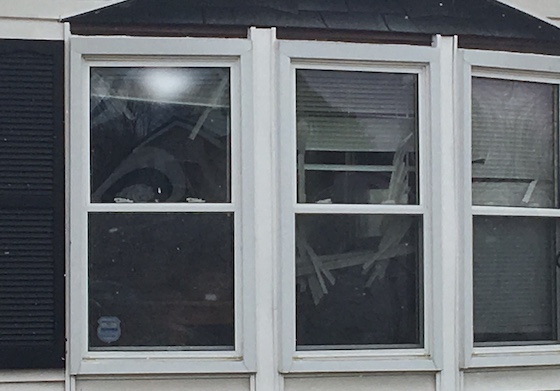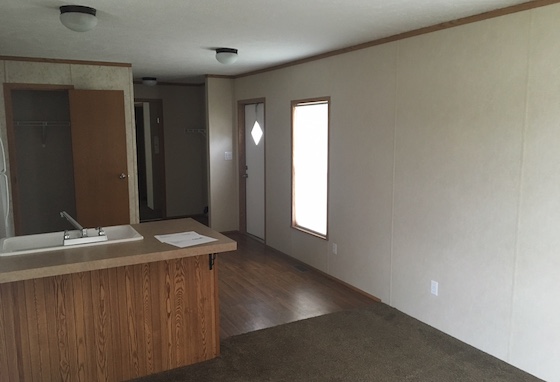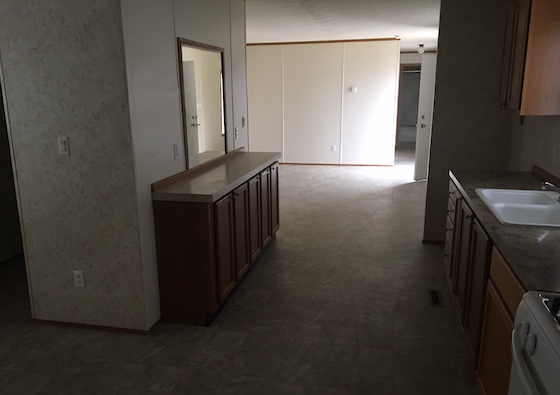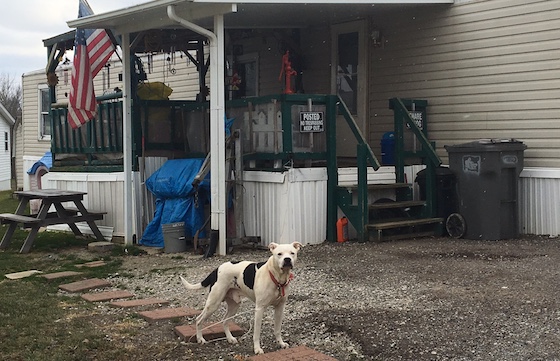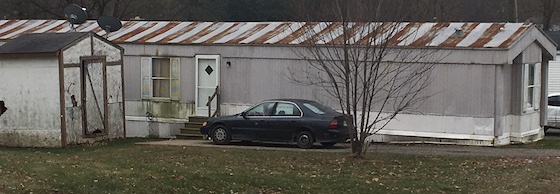Has anything changed for 2017 when choosing a market or park to buy? Here are our opinions on what to look for in a successful market for 2017.
Geography
We still prefer the Great Plains and Midwest, as they have solid economies and little boom/bust cycles in housing. But we think that there are still good buys throughout the U.S. if you look hard enough. The primary state that was red-lined by the lending industry – Michigan – has now been embraced for lending again, and is seeing a continually improving economy. It’s hard to find a deal at an attractive cap rate in California, Florida and New York, but that’s been true for over a decade. Probably the biggest news story in geography for 2017 is the growing strength of some of the southeastern markets, such as Alabama. These states are seeing big gains in manufacturing (Alabama, for example, picked up plants from Airbus and Mercedes-Benz in the last few years) and this could accelerate if Trump shuts down trade agreements and penalizes companies that manufacture abroad. The two weakest states in the U.S. for mobile home parks in 2017, in our opinion, are Louisiana and Mississippi – but even then the larger cities are fine. Hawaii, of course, continues to have no mobile home parks.
Population
We still prefer markets with 100,000+ metro populations, but we will look at smaller amounts if the market and deal have superior attributes. It’s always worth mentioning that Aspen, Colorado has a metro population of less than 7,000, but has a median home price of over $1.5 million – so there are other considerations besides just raw population stats. However, the important point is that, 99% of the time, you need sufficient population to ensure a diverse employment base, a strong chamber of commerce to attract new industry, a professional city government to ensure working utilities and school district and long-term attractiveness, and a big enough population to be on the radar screen for all franchises and big-box retail stores. We have found that number to be around 100,000 in metro population.
Contrast with Single Family and Apartment Prices
We cannot emphasize enough at every opportunity YOU NEED EXPENSIVE HOUSING TO CREATE THE NEED FOR AFFORDABLE HOUSING. We get calls year round from buyers who are looking at markets with low single-family median home prices, and low apartment rents and we always tell them those will never work. If traditional SF and apartments are cheap, then who needs affordable housing? To succeed with a mobile home park you need a single-family median of around $100,000+ and three-bedroom apartment rents of around $1,000+ per month. Those are ballparks, and not set in stone, as a SF median of $70,000 will still be unattainable to 99% of park residents. But when you’re looking at $40,000 median home prices and $500 apartment rents, there’s simply no niche for an affordable alternative, as those are already affordable enough. The best markets for mobile home parks – the ones that produce test ad results of 100+ calls – are those with extremely high housing prices. Austin is a great example. The median home price is over $180,000 and the average 3-bedroom apartment rent is over $1,400 per month. The result is so much demand that you have zero vacancy of any habitable home in your park, and dealers that will fight to bring in a new home to your vacant lot with a customer in hand.
Market Vacancy
Healthy markets rarely have a vacant housing rate higher than the U.S. average of 12.46%. Some of the best markets can be as low as 5%. If you find a market that exceeds the U.S. average, you need to put a microscope on the reason and it better be good. In some markets, an older, blighted inner-city neighborhood with super high vacancy will skew the number. Talk to the Chamber of Commerce and try to decide on whether the market vacancy is a deal killer or not.
Population Growth
In much of America, the future is a decline in population growth. The reason is simple: Americans are just not having kids like they used to, coupled with lower immigration and accelerating aging. Here’s an article that explains the phenomenon http://www.prb.org/Publications/Articles/2012/us-population-growth-decline.aspx . This is not a big deal right now, as what’s important is the number of occupied housing units, not the size of the family unit in that home. A home with two people in it is just as occupied as one with four people. Negative and zero population growth may be a part of America for years to come. Vermont, for example, had state-wide negative population growth, as did New Mexico and Maine in 2016. To drill deeper on this issue, follow your test ad results and watch for housing market vacancy numbers.
Recession Resilience
Nobody could come away from the Great Recession of 2008 without noticing that some states and cities seemed not to be impacted at all. For example, much of Iowa maintained unemployment rates in the 3% range while the nation soared to 10%. So what makes a market “recession resistant”? We have noticed that these stronger markets have their employment built around 1) healthcare 2) education (school districts and colleges) and 3) government employment (federal, county and city). They also are frequently backstopped with agricultural employment that remains in demand throughout any recession (we all need to eat). They also display a diversity of private sector employment, without reliance on any one industry. A good example of this is Kansas City. The top ten employers are 1) the Federal Government 2) HCA Health Center 3) Cerner Corp. 4) Sprint 5) St. Luke’s Hospital 6) State of Kansas 7) State of Missouri 8) Children’s Mercy Hospital 9) University of Kansas Hospital and 10) the City of Kansas City. That means there are only two private sector employers in the top ten. Since none of those top eight can really reduce their employment even in a depression, the market is pretty secure. Compare that to the markets that were destroyed in 2008.
Conclusion
Great markets in 2017 display the attributes of solid population, high housing costs, low housing vacancy and recession-resistant employment structure. If you are not seeing these in a market, don’t buy there.



